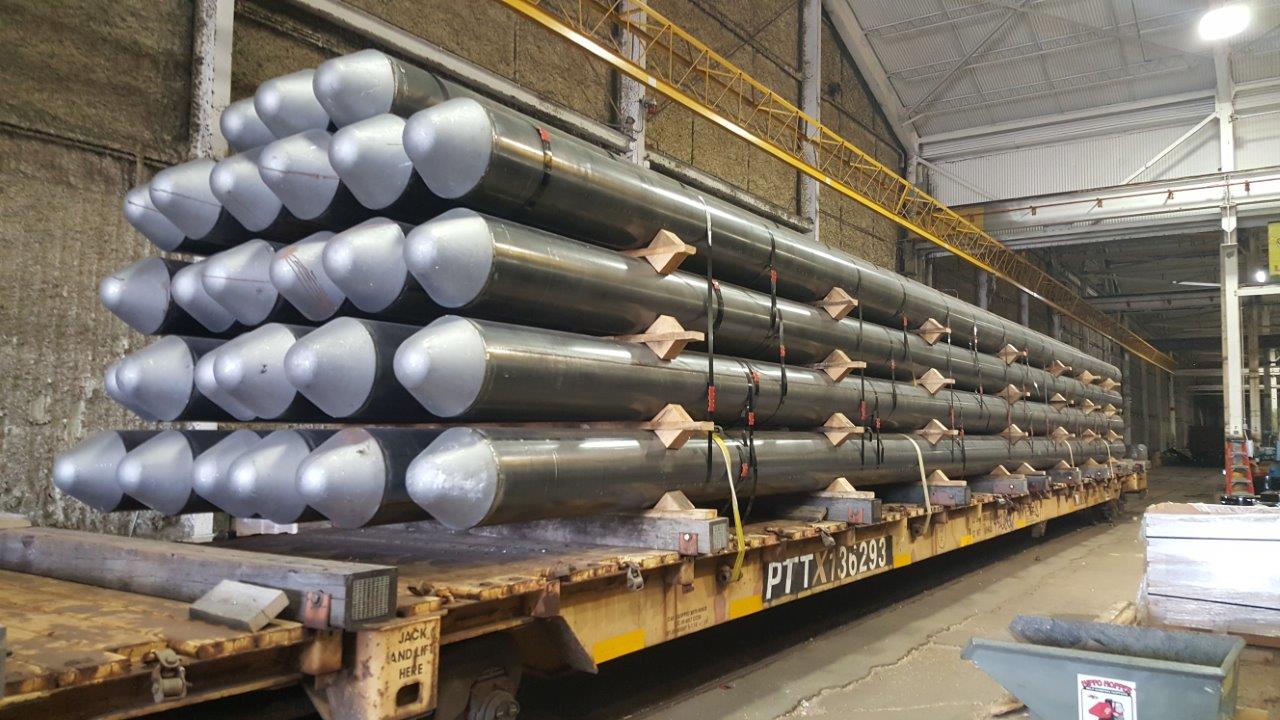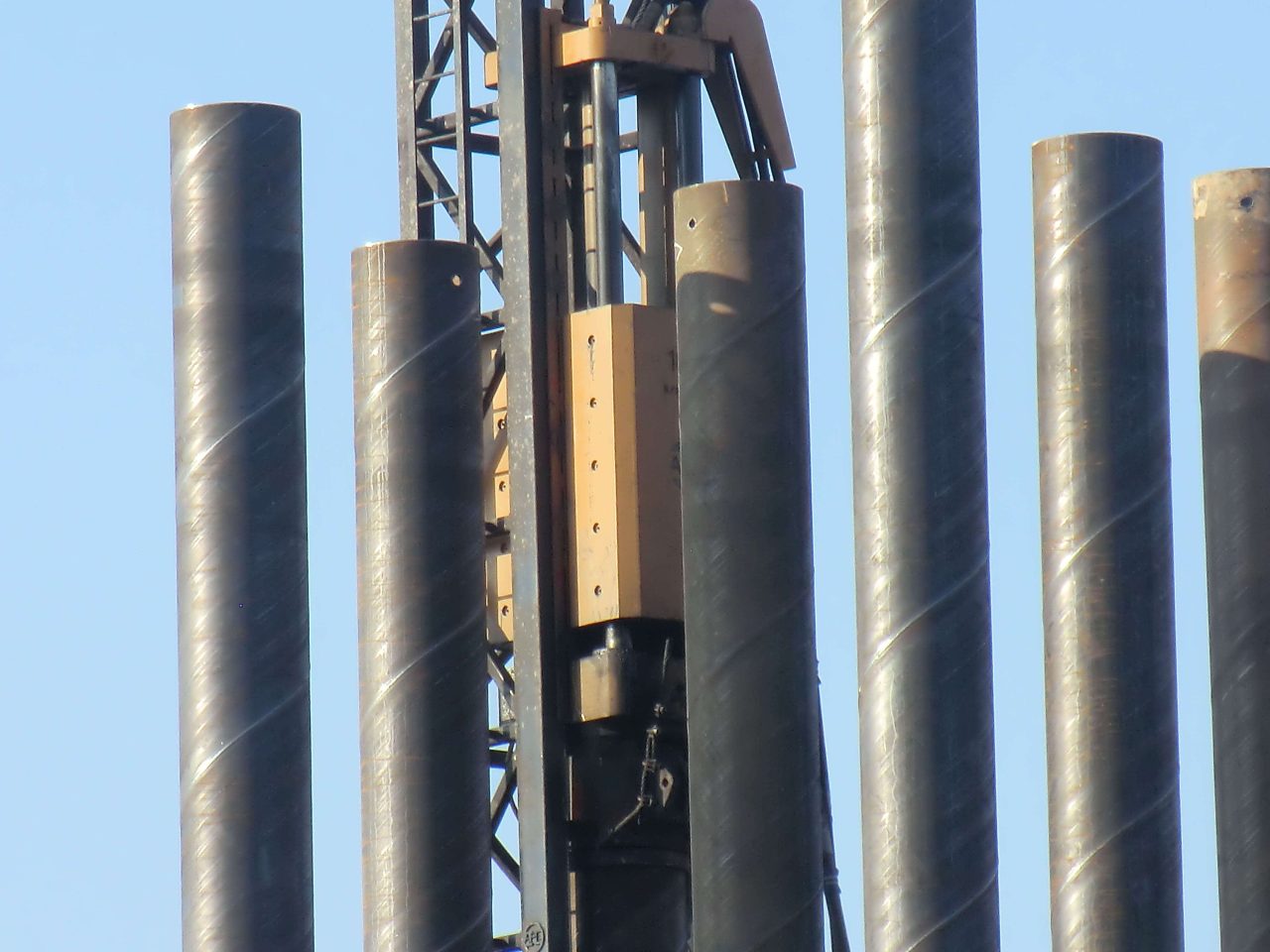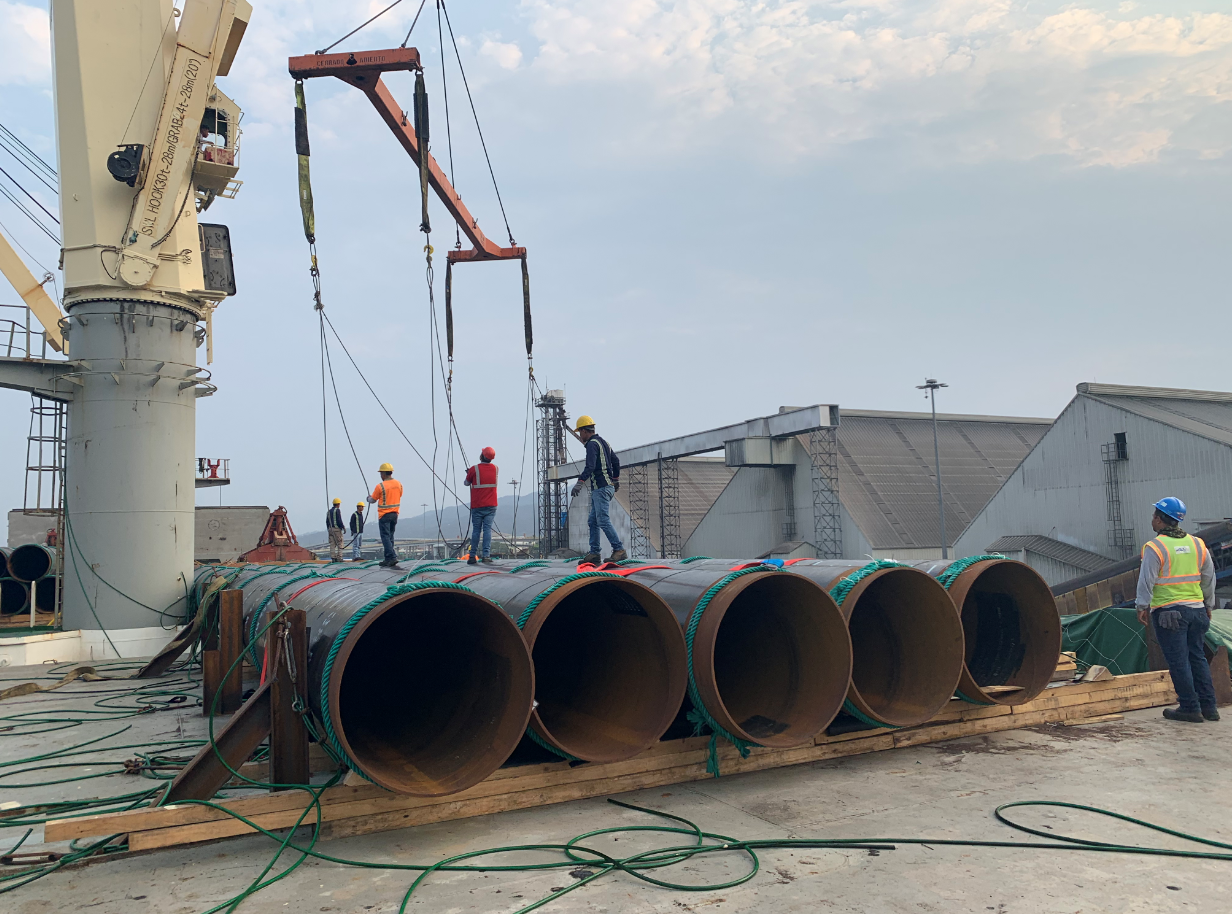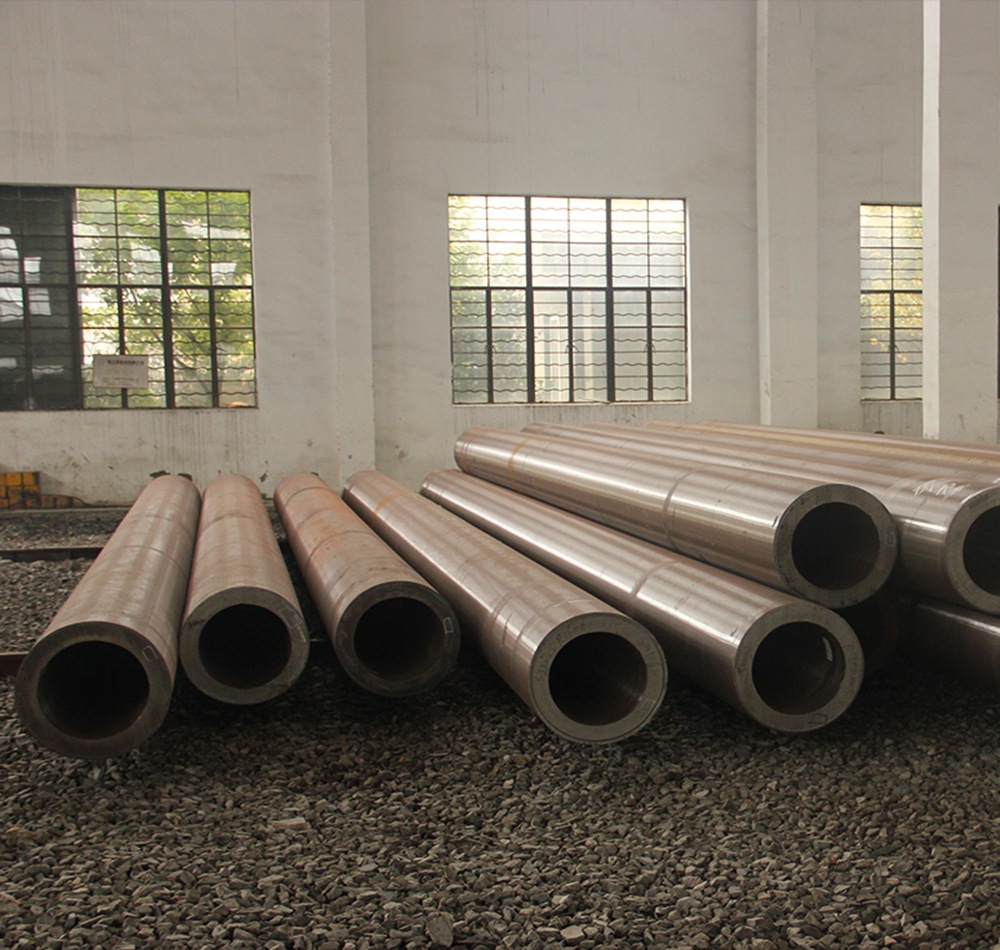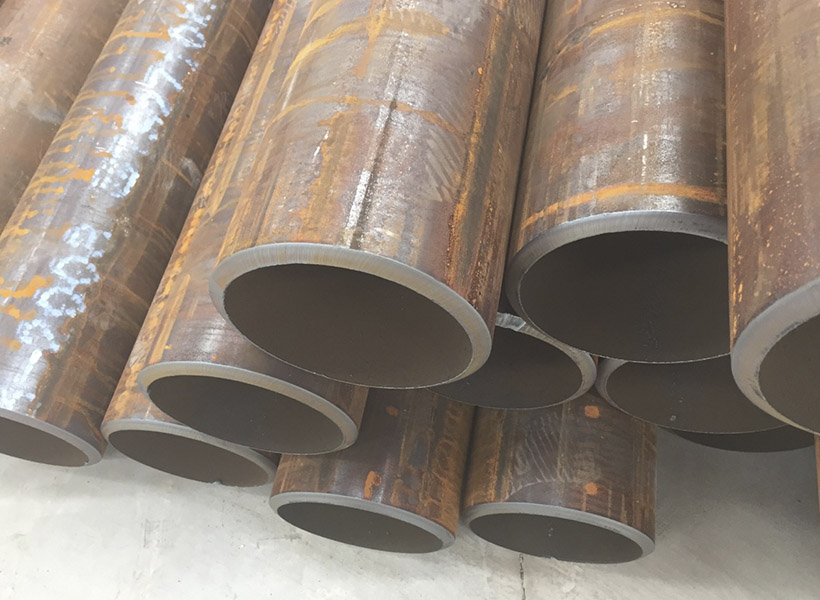Types of Piling Pipe for Various Soil Conditions and Structural Requirements
When it comes to piling methods, different soil conditions and structural requirements call for specific types of piling pipes. Understanding these variations is crucial to ensure the effectiveness and stability of the foundation. In this article, we will explore some of the most prevalent types of piling pipes used in construction projects.
Unplugged Open-Ended Piling Pipe
Unplugged open-ended piling pipes are characterized by their fully open ends. Once installed, the ground level inside and outside the pipe is expected to be at the same level. These pipes rely primarily on friction to distribute their load to the surrounding soil. The friction between the pipe and the soil provides the necessary support and stability.
Plugged Open-Ended Piling Pipe
Plugged open-ended piling pipes, on the other hand, have a stopper or plug at the bottom end of the pipe. This design results in the soil inside the pipe being slightly less dense than the soil outside the pipe. The density difference creates additional friction, enhancing the load-bearing capacity of the pile.
Bottom Plate Piling Pipe
Bottom plate piling pipes are one of the commonly used types of plugged piles. In this case, a steel plate is welded to the bottom end of the pipe. The purpose of the plate is to compress the soil and increase friction, preventing sliding and enhancing stability. These types of piles are often used in rocky terrains where a thin layer of soil separates the rock and the pile.
Steel Pipe with Rock Shoe
Steel pipes with rock shoes are another type of plugged piles. Similar to bottom plate piles, rock shoes aim to increase friction and prevent sliding. However, they are specifically used when the pile comes into direct contact with a rock surface. The rock shoe must be capable of supporting the entire load and preventing it from sliding down the rocky surface.
Franki Piling Pipe
Franki piling pipes are designed to provide long-lasting stability. These piles are filled with a moist concrete infill, which significantly increases their load-bearing capacity. Franki piles can withstand greater impact during the driving process compared to other types of piles. They are known for their durability and are often used in projects where longevity is a priority.
Choosing the right type of piling pipe is crucial for ensuring the stability and longevity of a structure’s foundation. Unplugged open-ended piles rely on friction, while plugged piles with bottom plates or rock shoes enhance friction and prevent sliding. Franki piles, filled with a concrete infill, offer exceptional durability. By understanding the characteristics and applications of each type of piling pipe, construction professionals can make informed decisions and ensure the success of their projects.

